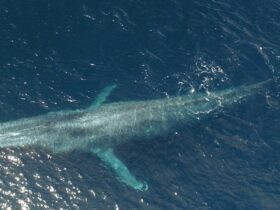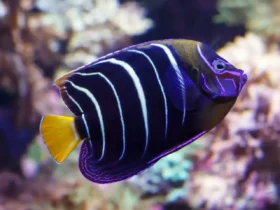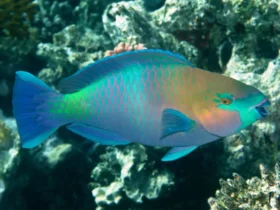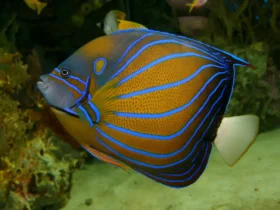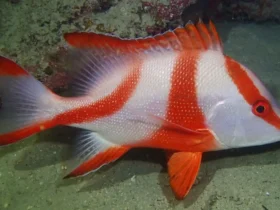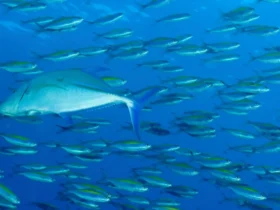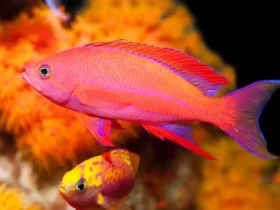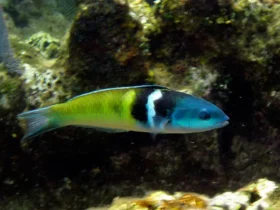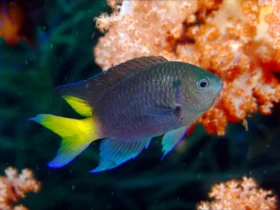In the colorful realm of coral reefs, a striking and elegant fish captures the attention of divers and underwater enthusiasts with its graceful presence and intricate markings. Enter the world of the Longfin Bannerfish (Heniochus acuminatus), a marine species known for its elongated fins, vibrant coloration, and fascinating behavior. In this article, we will explore the captivating features of the Longfin Bannerfish, its habitat, and the vital role it plays in the marine ecosystem.
Longfin Bannerfish images
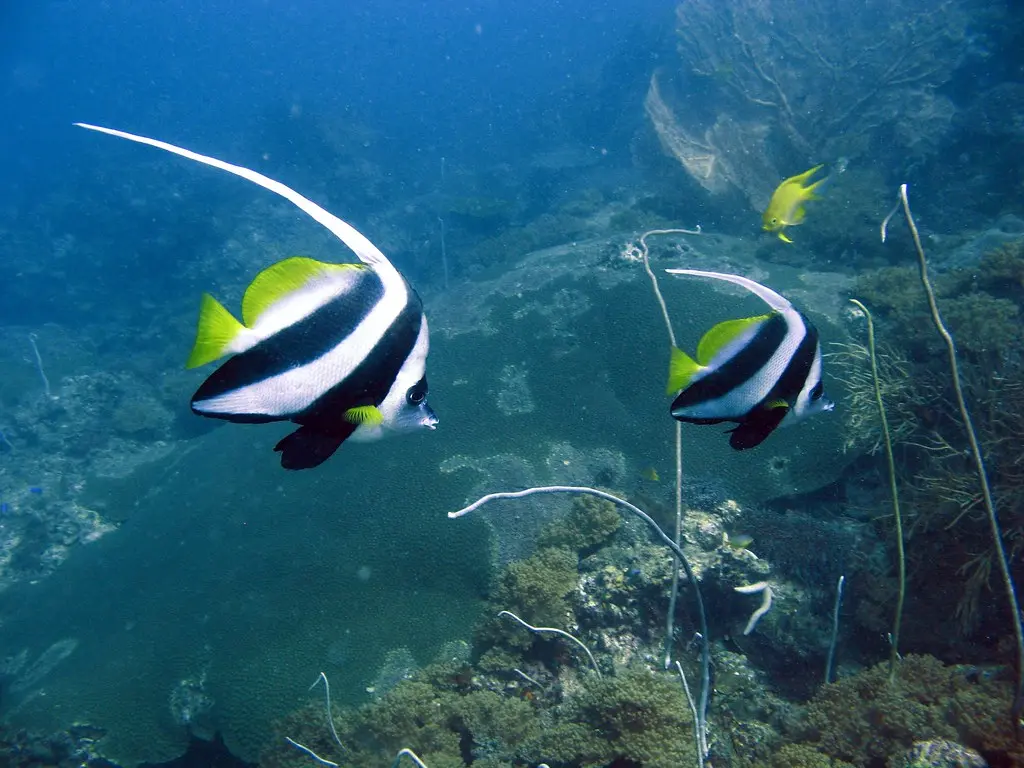
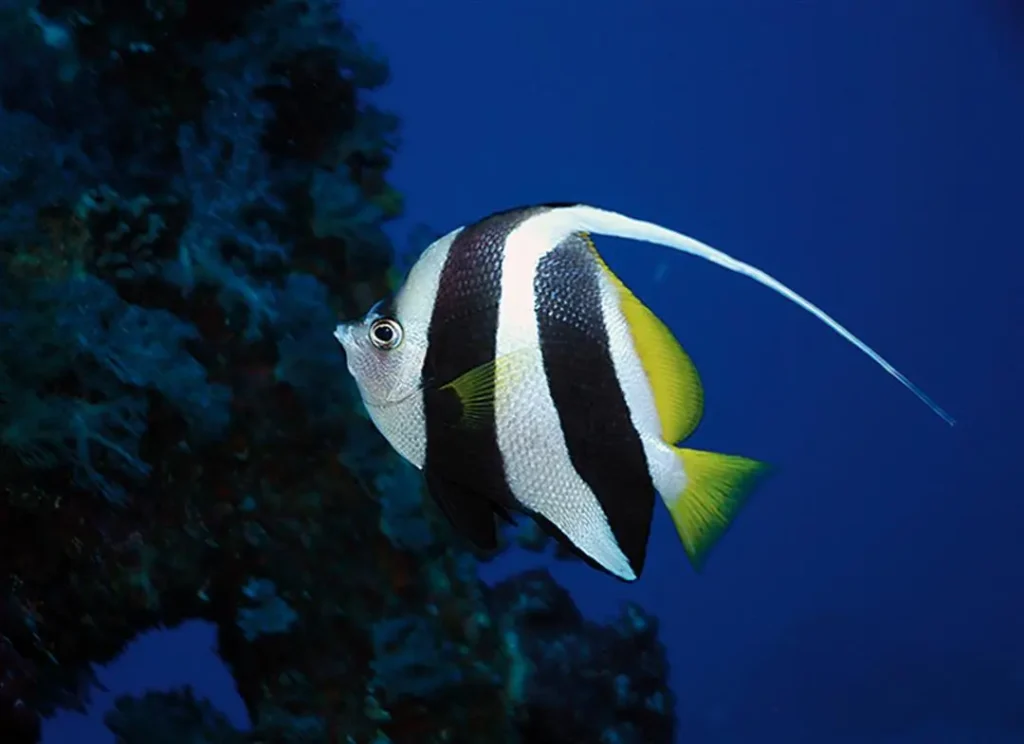
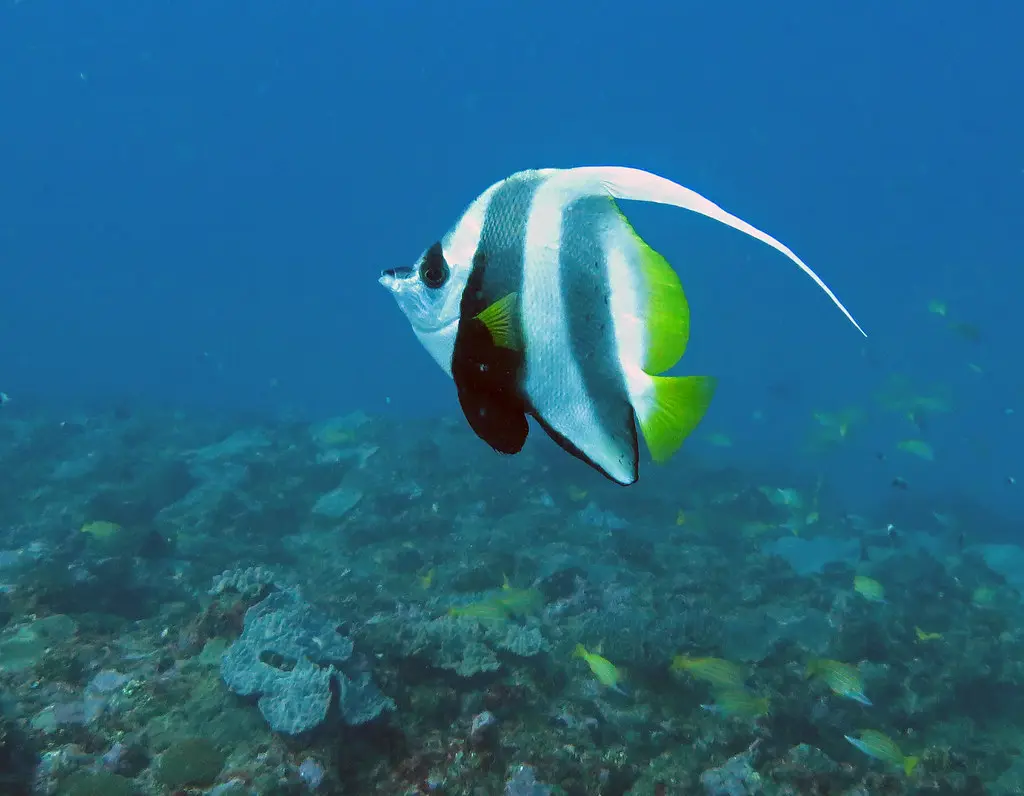
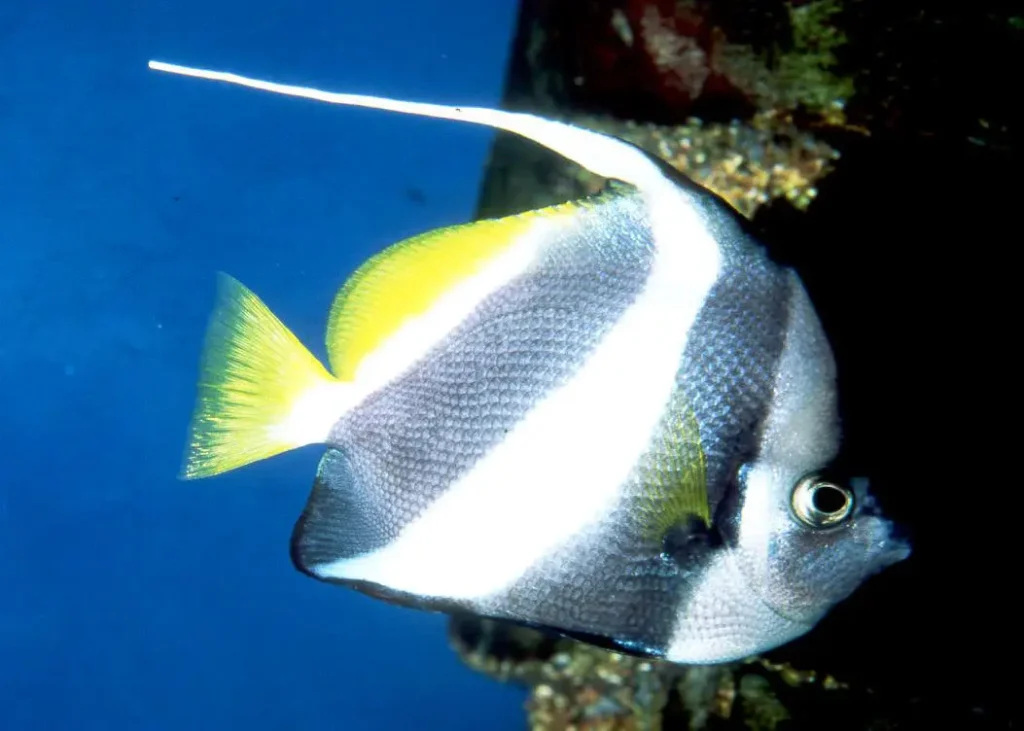
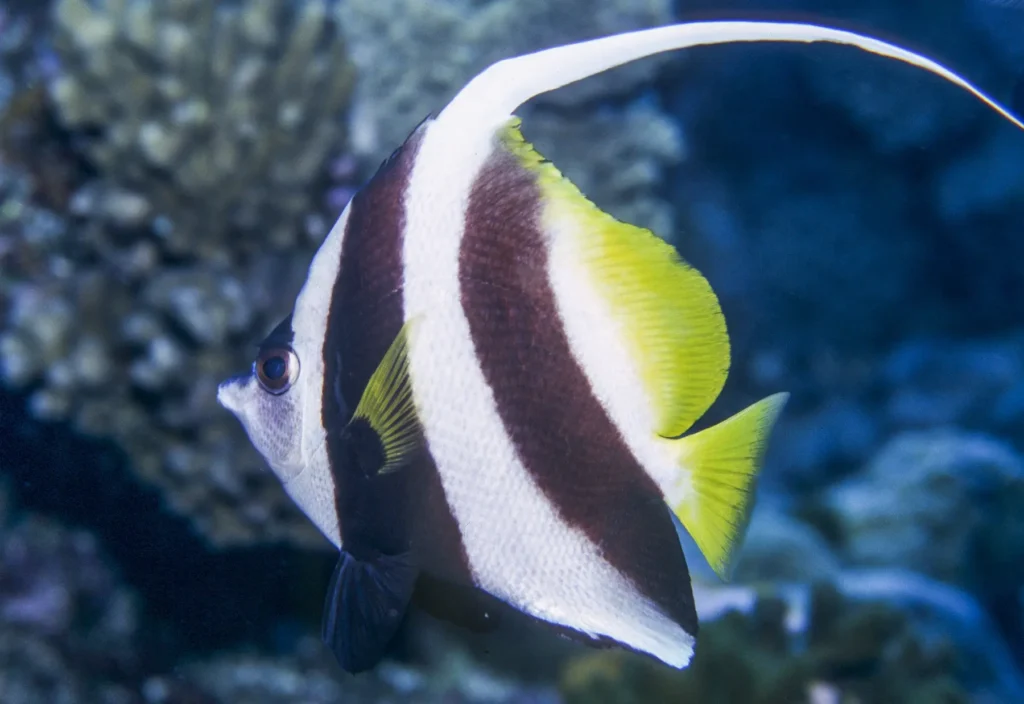
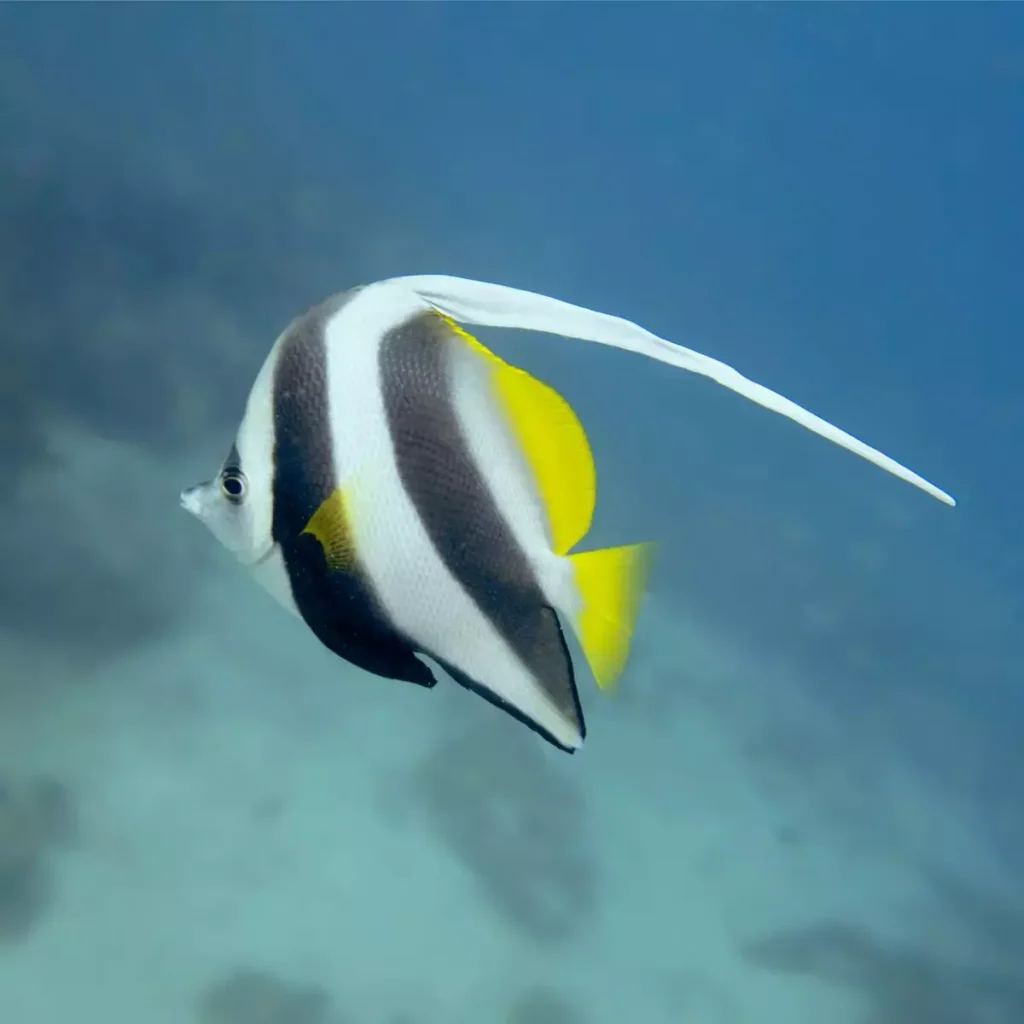
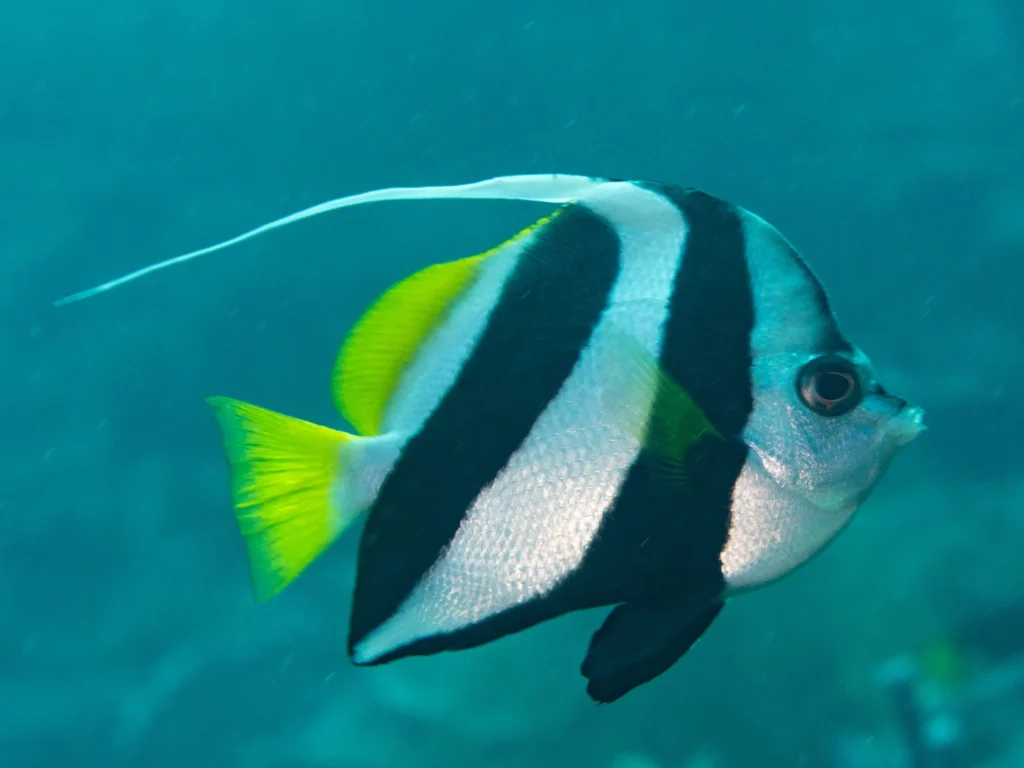
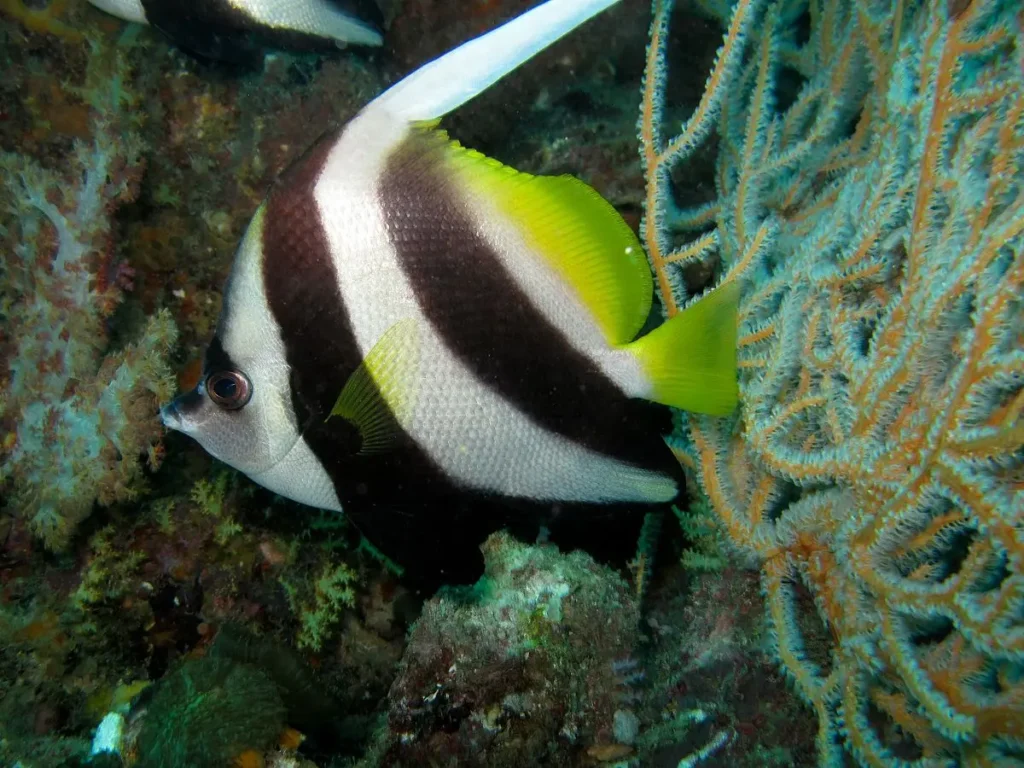

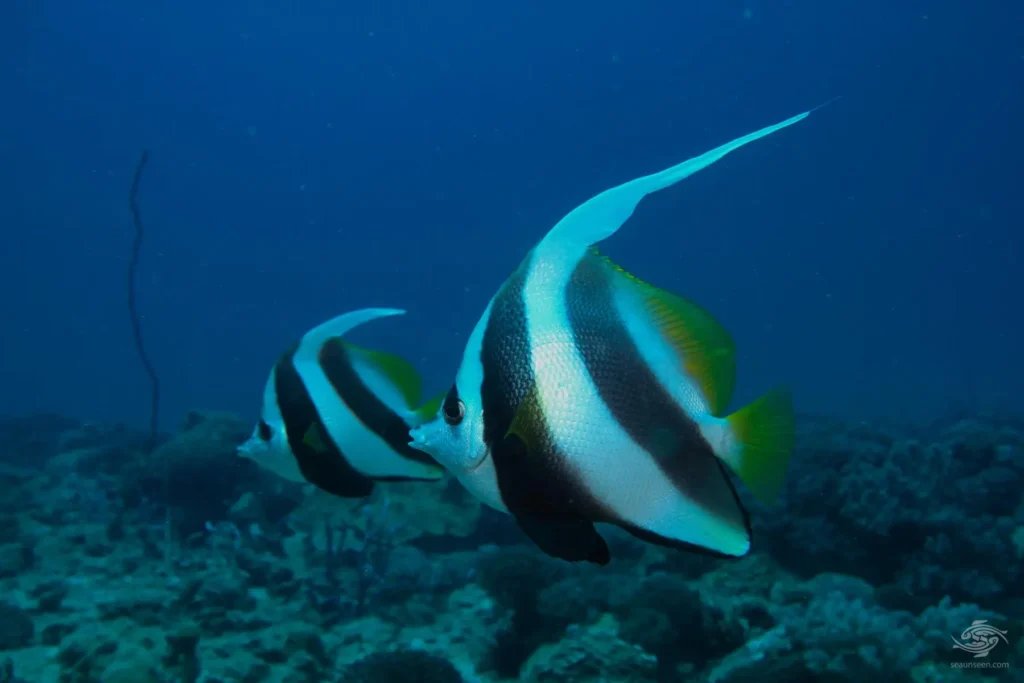
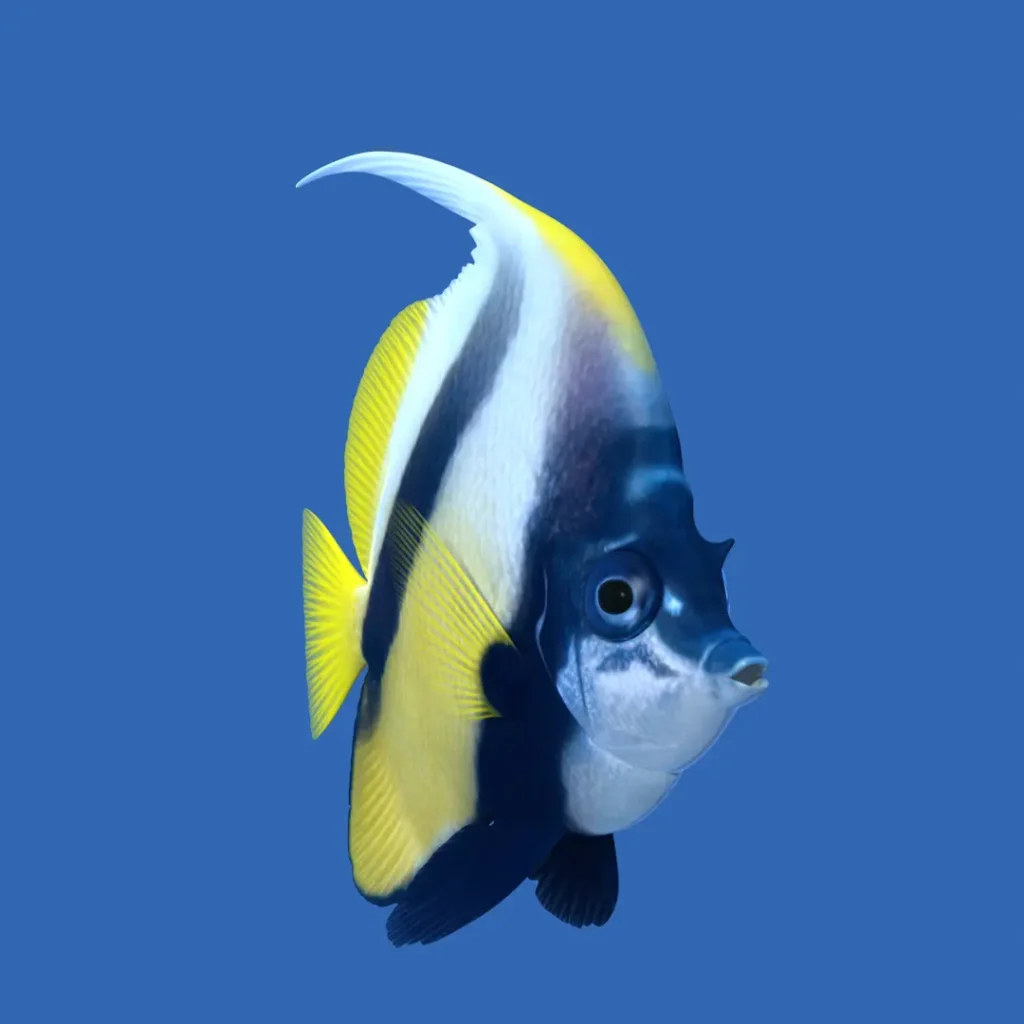
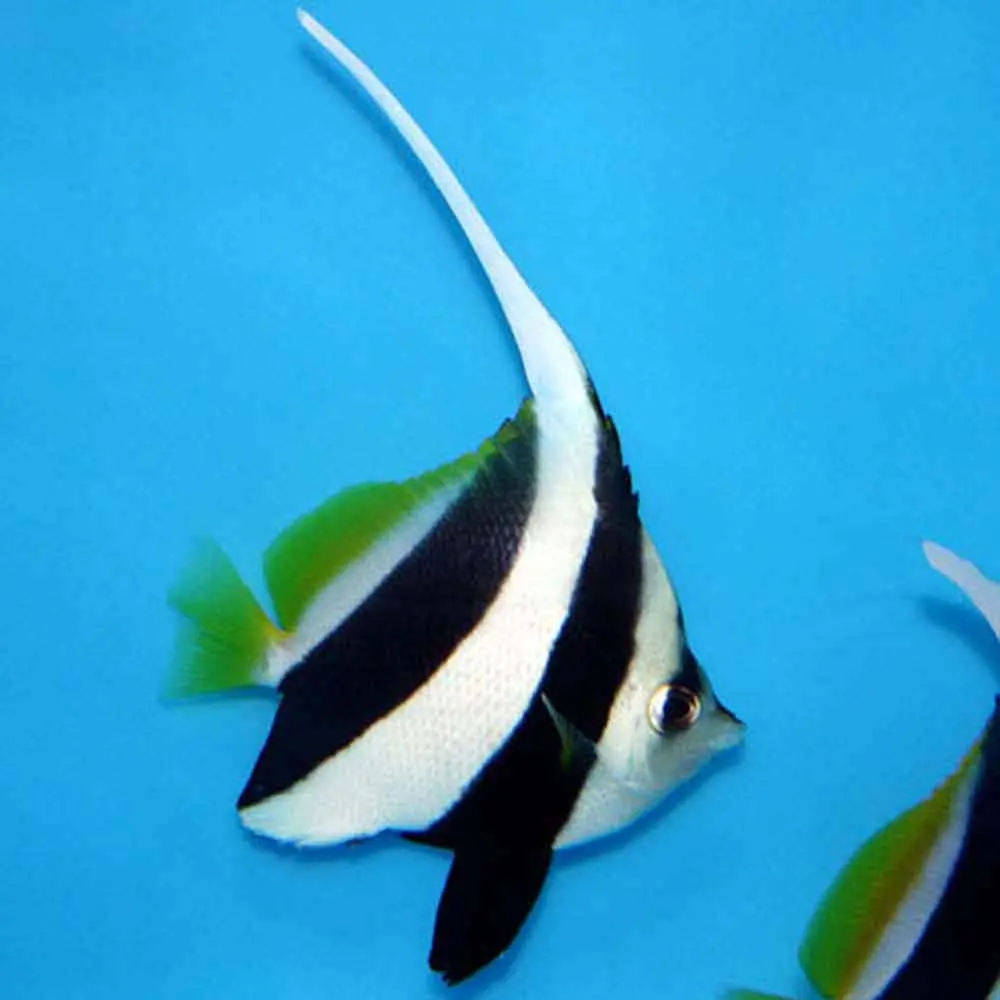
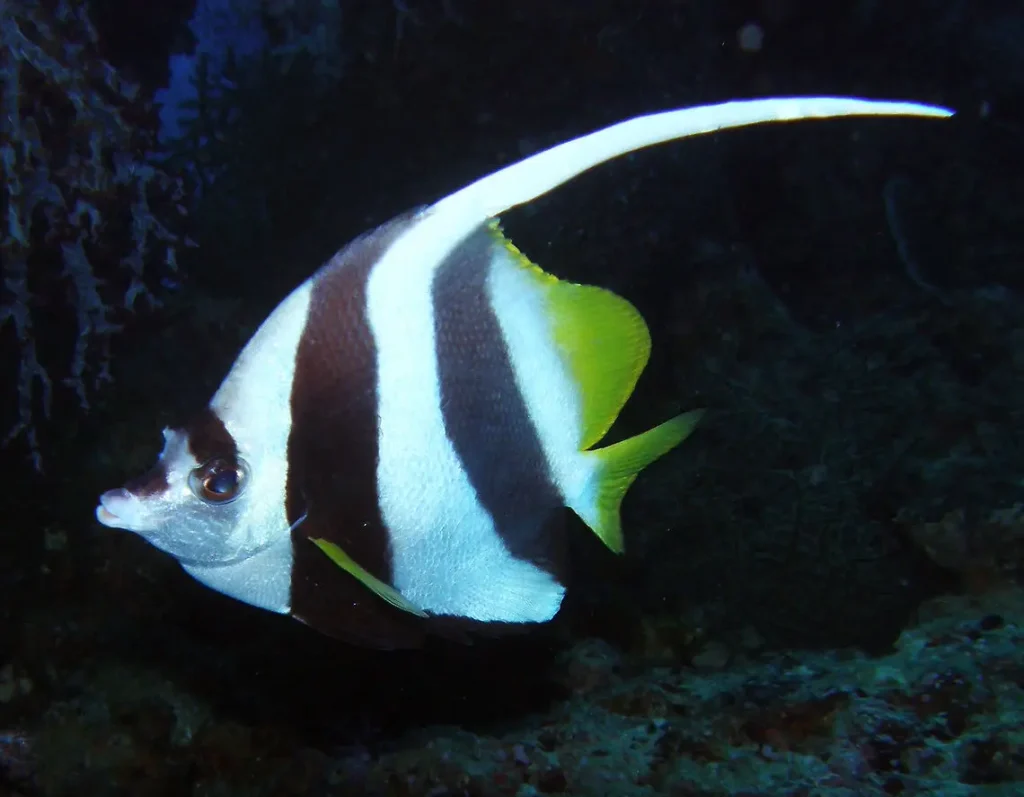
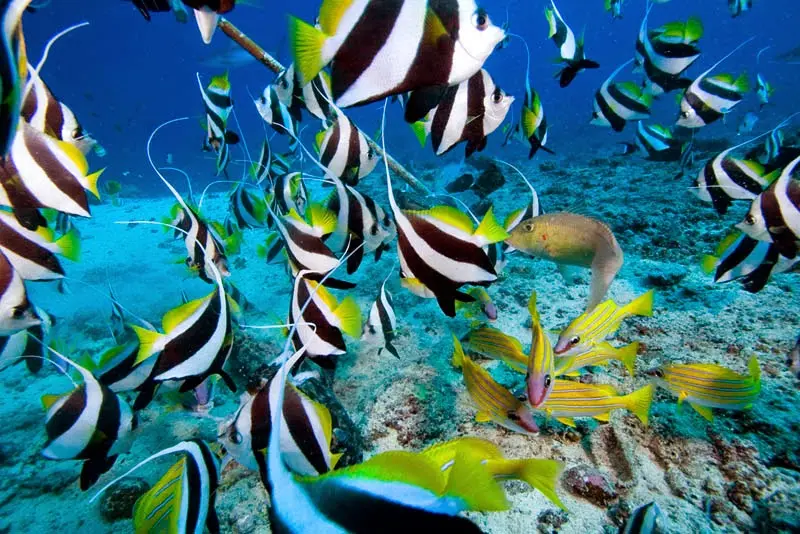
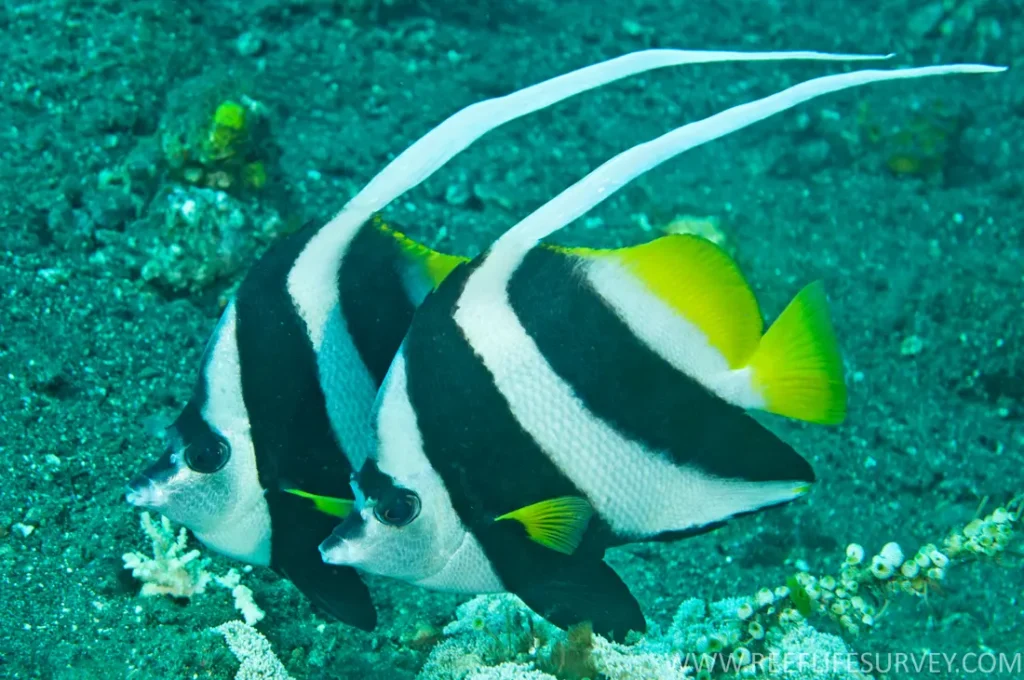
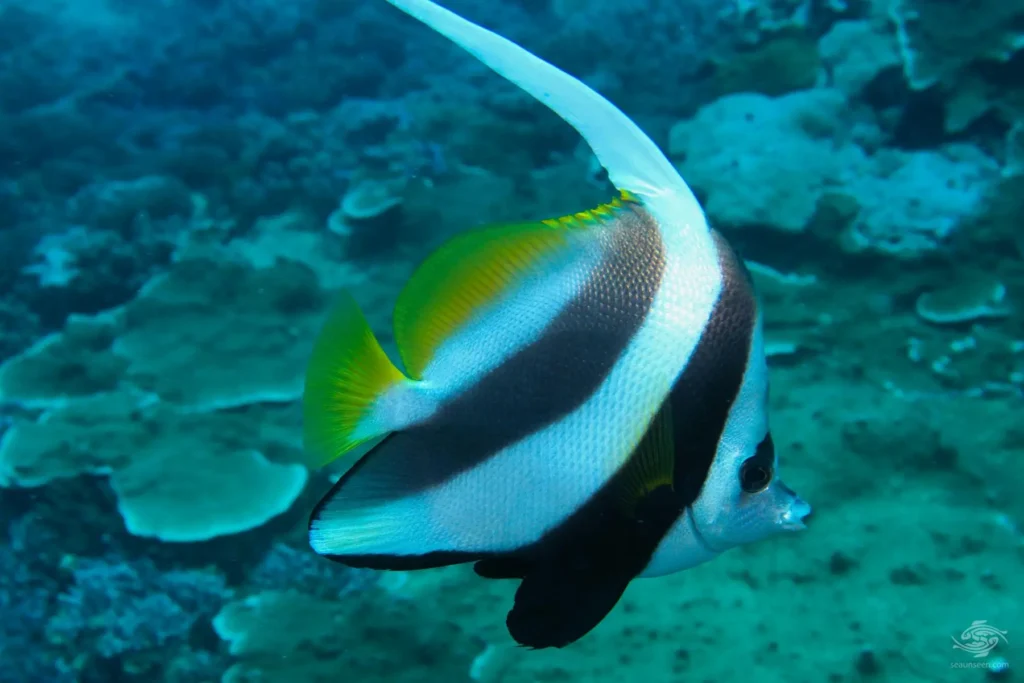
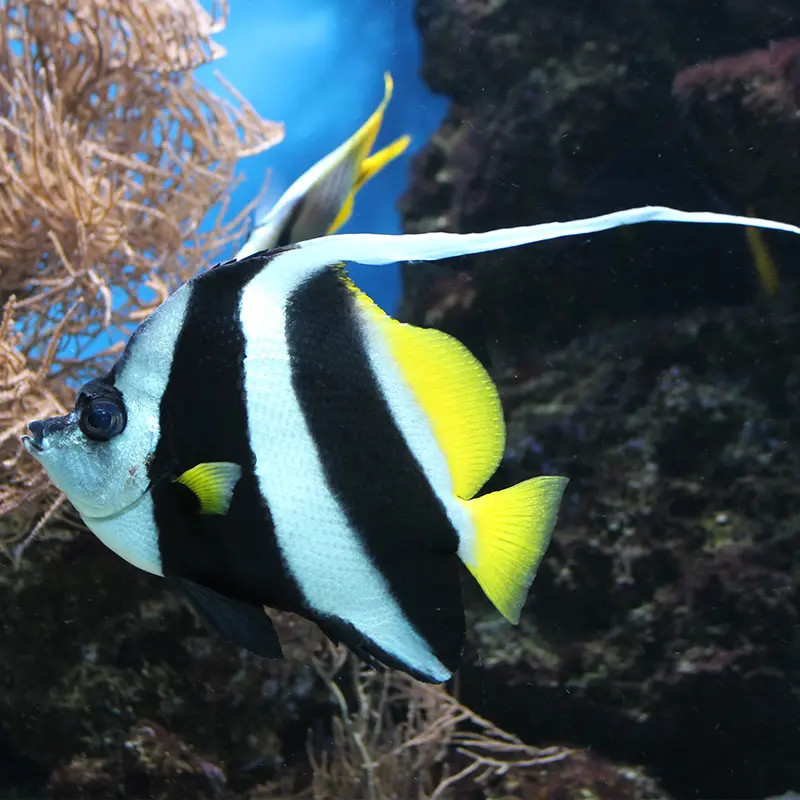
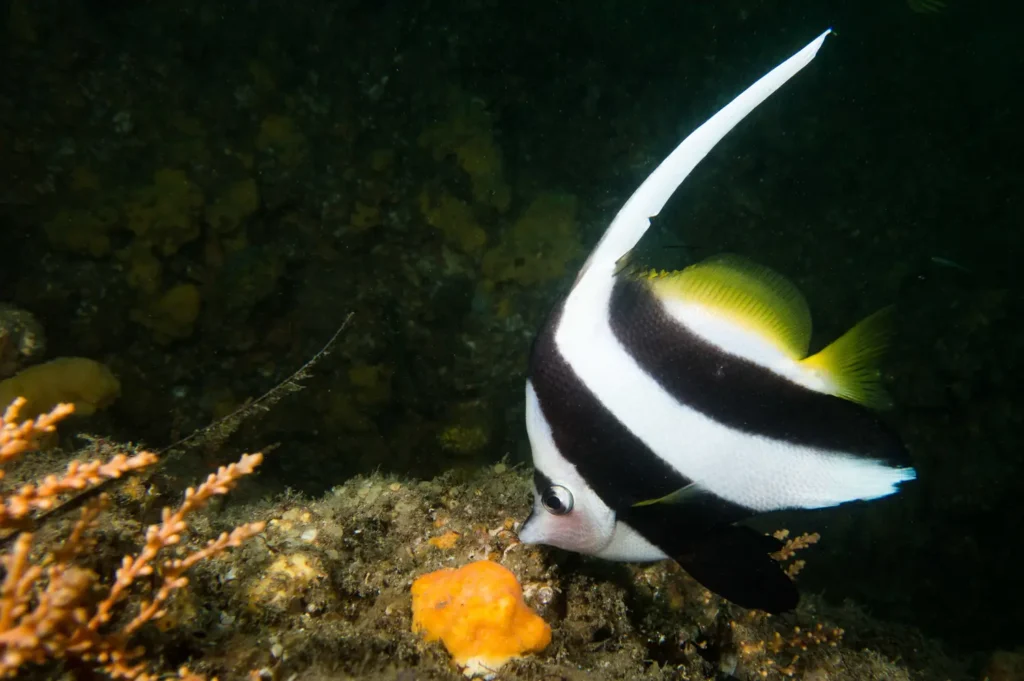
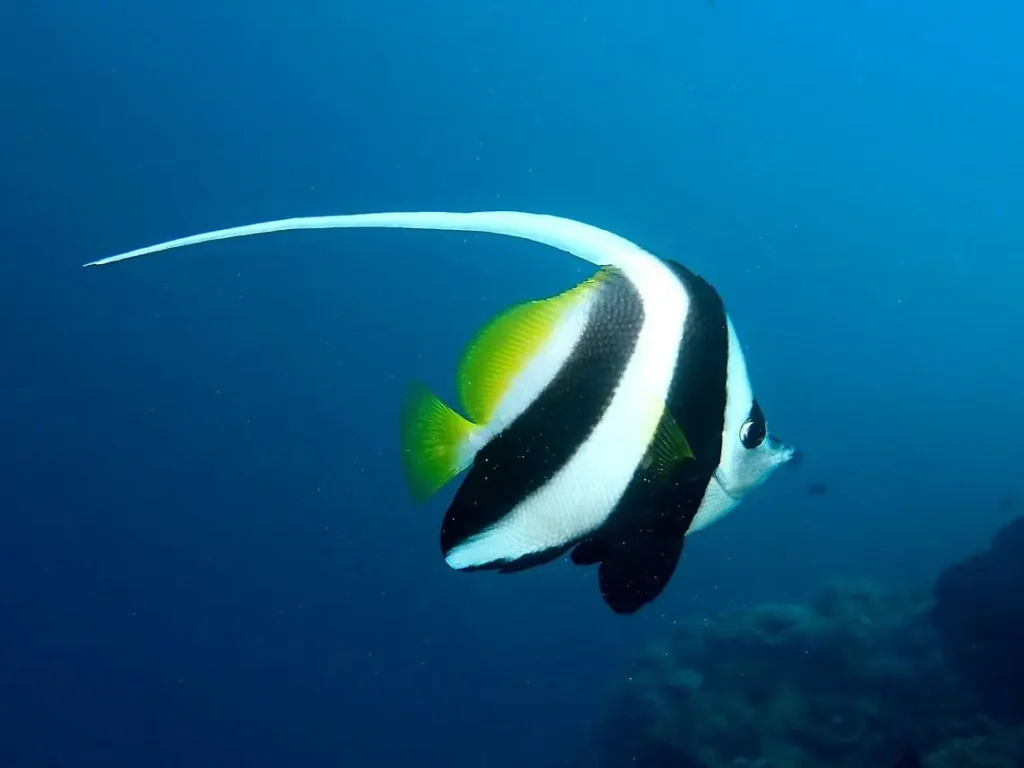
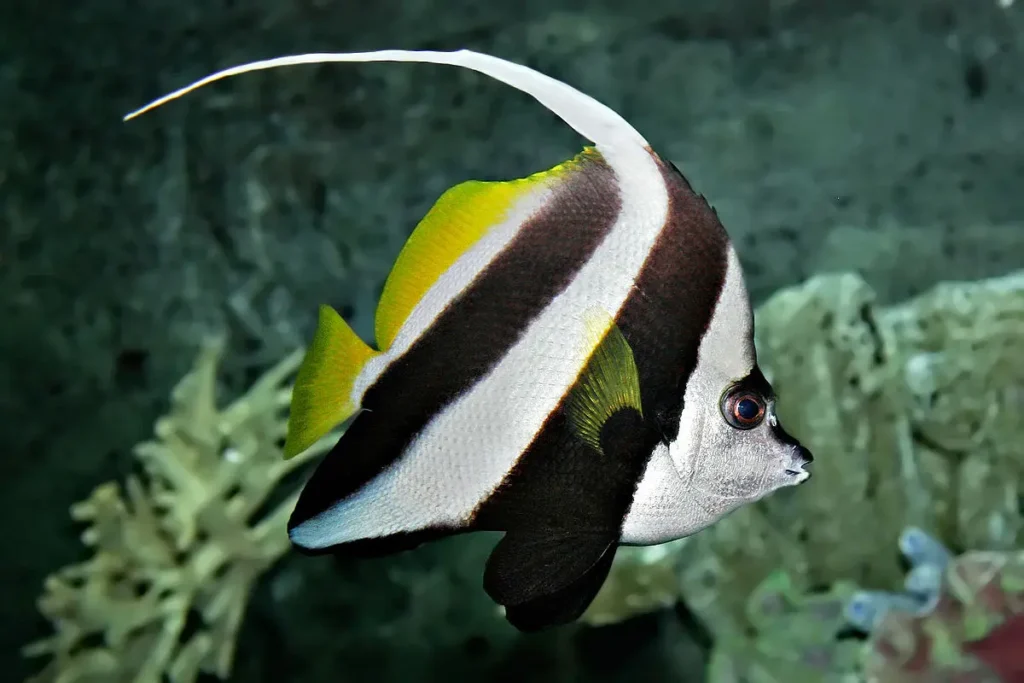
Appearance and Markings
The Longfin Bannerfish is a medium-sized fish with a slender body and elongated, filamentous dorsal and anal fins. Its body is predominantly white, adorned with striking black vertical bands that extend from the dorsal fin down to the anal fin. These bands contrast beautifully with the fish’s vibrant yellow coloration, which extends from the head to the tail. The elongated fins give the Longfin Bannerfish an elegant and delicate appearance as it glides effortlessly through the water.
Habitat and Distribution
Longfin Bannerfish are commonly found in the warm waters of the Indo-Pacific region, including the Red Sea, the Maldives, Indonesia, and the Great Barrier Reef. They prefer living in sheltered lagoons and shallow reef areas, where they can find an abundance of coral formations and rocky outcrops. These fish are often seen swimming near vertical walls and drop-offs, utilizing the currents to their advantage.
Behavior and Feeding Habits
Longfin Bannerfish are diurnal and social creatures, often seen in small groups or pairs. They form monogamous pairs and demonstrate strong pair bonding. These fish are herbivores, primarily feeding on various species of benthic algae, coral polyps, and small invertebrates found on the reef. Their slender snouts and brush-like teeth allow them to graze on these organisms with precision.
Role in the Ecosystem
Longfin Bannerfish play an essential role in maintaining the health of coral reef ecosystems. By feeding on algae and controlling its growth, they contribute to the overall balance of the reef. Additionally, their presence helps facilitate the dispersal of coral larvae, aiding in the growth and recovery of coral populations.
Aquarium Care Considerations
Due to their stunning appearance and peaceful nature, Longfin Bannerfish are popular choices for reef aquariums. However, they require specific care to thrive in captivity. A well-maintained tank with plenty of swimming space, live rock for hiding places, and a balanced diet that includes a variety of algae-based foods is crucial for their well-being. It is essential to ensure stable water parameters and maintain excellent water quality to mimic their natural habitat.
Conservation Awareness
Longfin Bannerfish, like many other coral reef species, face threats such as habitat degradation, pollution, and overfishing. Responsible practices, such as sustainable fishing methods, protection of coral reefs, and raising awareness about the importance of reef conservation, are essential to ensure the long-term survival of these remarkable fish and their fragile ecosystems.
The Longfin Bannerfish enchants divers and marine enthusiasts with its delicate beauty and captivating presence in the coral reefs. Its elongated fins, vibrant coloration, and graceful swimming patterns make it a cherished sight in the underwater world. By appreciating and protecting these remarkable creatures and their delicate habitats, we can ensure the preservation of the Longfin Bannerfish and the overall health and diversity of our precious coral reef ecosystems for generations to come.
